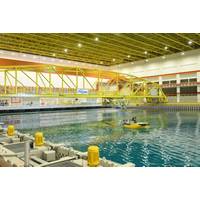
Ocean Tech Test Site Opens in Singapore
and infrastructure, with industry partners.Launched in 2016, TCOMS is a national R&D center dedicated to the marine and offshore engineering, maritime and other ocean-related industries. It is a joint venture between the Agency for Science, Technology and Research (A*STAR) and the National University of Singapore (NUS), supported by the Singapore Economic Development Board (EDB) and the Maritime and Port Authority of Singapore (MPA).Located in NUS, the new ocean basin facility is equipped with wave and current generation systems, a towing carriage and a movable floor to simulate challenging ocean
Singapore: LNG Terminal to Develop Data Center
The National University of Singapore's Faculty of Engineering (NUS), Singapore LNG Corporation (SLNG) and Keppel Data Centers Holdings join forces to develop new energy-efficient cooling technology for data centers.This innovation could further pave the way for more sustainable and compact data centers, said Singaporean conglomerate Keppel Corporation.With the rapid expansion of cloud-based services, AI, the Internet of Things and big data analytics, there has been an exponential demand across the globe for data centers in recent years. As the leading data center hub of Southeast Asia, Singapore
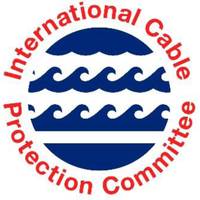
Submarine Cables Writing Award
international law journal and must consist of 7,500 – 10,000 words (excluding footnotes). RegisterTo register to compete for the award, interested candidates should send an abstract (no more than 300 words) and a short biography to the Center for International Law (CIL) at the National University of Singapore, [email protected], which administers the competition on behalf of ICPC and the Rhodes Academy. Papers must be submitted to CIL via: [email protected] no later than 1 April 2019. Papers will be reviewed anonymously by the selection jury, consisting of two members designated by the Rhodes
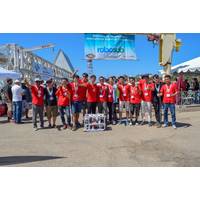
Students Face Off in Underwater Competition
out a plan to seamlessly integrate more unmanned systems into the naval services and across all domains, having a well-rounded generation of engineers and scientists is essential to the Navy’s future force.Harbin Engineering University (China) took this year’s top prize, while National University of Singapore and École de Technologie Supérieure (Canada) placed second and third, respectively.Smaller awards in specially judged categories went to the University of Maryland, Baltimore County; École de Technologie Supérieure; Texas A&M University; Washington State
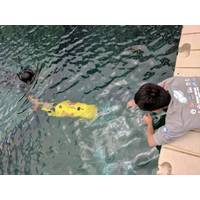
RoboSub Competition: 20 Years of Fun and Learning
cutout holes, identifying sound from an acoustic pinger, grabbing and moving an object, surfacing the AUV, and knocking balls outside of an octagon. Cornell University took this year's top prize of $4,500. Far Eastern Federal University from Russia won second prize and $4,000, and National University of Singapore placed third for $3,000. Earning fourth place and $2,000 was Harbin Engineering University from China. Georgia Institute of Technology rounded out the top five, taking home $1,000. Smaller awards of $1,500 and $1,000 in specially judged categories went to Cornell University
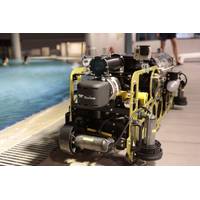
Case Study: M900-90 2D Multibeam Imaging Sonar
2D imaging sonar selected by National University of Singapore’s Bumblebee AUV Robotics Team Product: M900-90 2D multibeam imaging sonar Application: ROV build project Project: Singapore Autonomous Underwater Vehicle Challenge Organization: National University of Singapore’s (NUS) Bumblebee Autonomous Underwater Vehicle Team (BBAUV) Robotics Team Date: 2016 Location: Singapore Teledyne BlueView supported National University of Singapore’s (NUS) Bunblebee Autonomous Underwater Vehcile (BBAUV) team with the M900-90 multibeam imaging sonar. BBAUV designs and builds
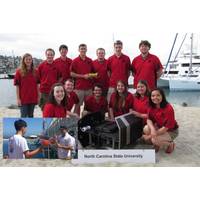
Acoustic Pingers Aid Robosub Contestants
This project has given us high schoolers an incredible experience, and we look forward to competing again in the future.” Other teams using Fishers acoustic devices to help design their AUVs for Robosub are from Kasetsart University in Thailand, University of Colorado Boulder, National University of Singapore and India’s Underwater Robotics Society. Other educational institutions using Fishers pingers in their projects are the University of Delaware, University of Texas Austin, University of South Florida, Texas A&M, Lester B. Pearson College, Inha University in China, Coastal Carolina
New Online Learning Program for Subsea Engineers
environments in order to recover the world’s remaining reserves. The course is delivered by Alistair Birnie, himself a former chief executive of industry body, Subsea UK. With 35 years’ experience in subsea engineering, Birnie is a Professor of Subsea Engineering at the National University of Singapore where he specializes in Subsea Systems and Subsea Construction, teaching MSc level graduates and managing research programs in the field of ultra-deep water operations. Subsea UK’s one-day course has been specially developed to provide a broad but in-depth overview of the sector
Keppel and NUS Set Up Corporate Lab
Keppel Corporation (Keppel) and the National University of Singapore (NUS) announced the founding of the Keppel-NUS Corporate Laboratory, in collaboration with the National Research Foundation (NRF), Prime Minister's Office, Singapore. The laboratory, which will be based at the NUS Faculty of Engineering, will be established with an investment amount of S$75 million. The launch of the Keppel-NUS Corporate Laboratory was graced by Deputy Prime Minister of Singapore, Teo Chee Hean, who is also Chairman of NRF. The Keppel-NUS Corporate Laboratory is the second laboratory to be established under the



 February 2024
February 2024





